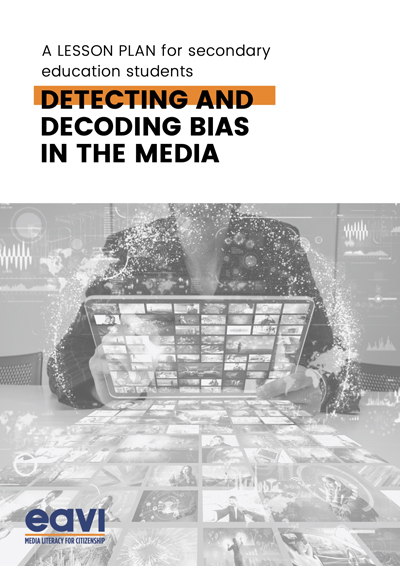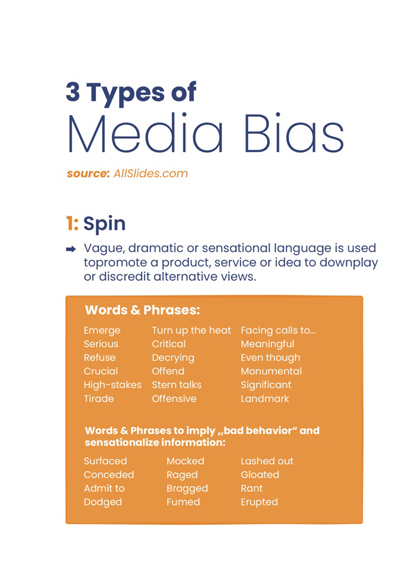We live in an era of technological advances where we work, learn, communicate, get informed, and have fun online. Regardless of age, people nowadays tend to interact with devices, gadgets, and a variety of media almost all day. At the same time, many agree that we live in a post-truth era where non-factual and subjective perspectives increasingly impact our beliefs, thoughts and perception of reality. Negative and biased beliefs of specific groups of people (e.g. people of colour, homeless, disabled, women, refugees, migrants, etc.) form part of the information we come across online.
Additionally, the wealth of information that we now have access to demands constant critical questioning. The internet offers articles to confirm even the most absurd viewpoints and theories, even if they are not supported by any factual evidence. Our own unconscious biases drive us to seek out information that confirms our already held beliefs and the contributions of people who agree with our ideas. In combination, these circumstances can make it very hard for us to find and sufficiently back up factual information and to tell truths from fake news.
Instructors must actively involve students in becoming aware of and to critically think about their own biases and the biased perspectives of media sources. The resulting ability to reflect on bias forms an important part of media literacy and enables students to navigate today’s media landscape without being misled. This lesson plan aims to equip secondary education students with the necessary skills to detect bias and decode biases found in different forms.
We live in an era of technological advances where we work, learn, communicate, get informed, and have fun online. Regardless of age, people nowadays tend to interact with devices, gadgets, and a variety of media almost all day. At the same time, many agree that we live in a post-truth era where non-factual and subjective perspectives increasingly impact our beliefs, thoughts and perception of reality. Negative and biased beliefs of specific groups of people (e.g. people of colour, homeless, disabled, women, refugees, migrants, etc.) form part of the information we come across online.
Additionally, the wealth of information that we now have access to demands constant critical questioning. The internet offers articles to confirm even the most absurd viewpoints and theories, even if they are not supported by any factual evidence. Our own unconscious biases drive us to seek out information that confirms our already held beliefs and the contributions of people who agree with our ideas. In combination, these circumstances can make it very hard for us to find and sufficiently back up factual information and to tell truths from fake news.
Instructors must actively involve students in becoming aware of and to critically think about their own biases and the biased perspectives of media sources. The resulting ability to reflect on bias forms an important part of media literacy and enables students to navigate today’s media landscape without being misled. This lesson plan aims to equip secondary education students with the necessary skills to detect bias and decode biases found in different forms.
We live in an era of technological advances where we work, learn, communicate, get informed, and have fun online. Regardless of age, people nowadays tend to interact with devices, gadgets, and a variety of media almost all day. At the same time, many agree that we live in a post-truth era where non-factual and subjective perspectives increasingly impact our beliefs, thoughts and perception of reality. Negative and biased beliefs of specific groups of people (e.g. people of colour, homeless, disabled, women, refugees, migrants, etc.) form part of the information we come across online.
Additionally, the wealth of information that we now have access to demands constant critical questioning. The internet offers articles to confirm even the most absurd viewpoints and theories, even if they are not supported by any factual evidence. Our own unconscious biases drive us to seek out information that confirms our already held beliefs and the contributions of people who agree with our ideas. In combination, these circumstances can make it very hard for us to find and sufficiently back up factual information and to tell truths from fake news.
Instructors must actively involve students in becoming aware of and to critically think about their own biases and the biased perspectives of media sources. The resulting ability to reflect on bias forms an important part of media literacy and enables students to navigate today’s media landscape without being misled. This lesson plan aims to equip secondary education students with the necessary skills to detect bias and decode biases found in different forms.







































































































































































